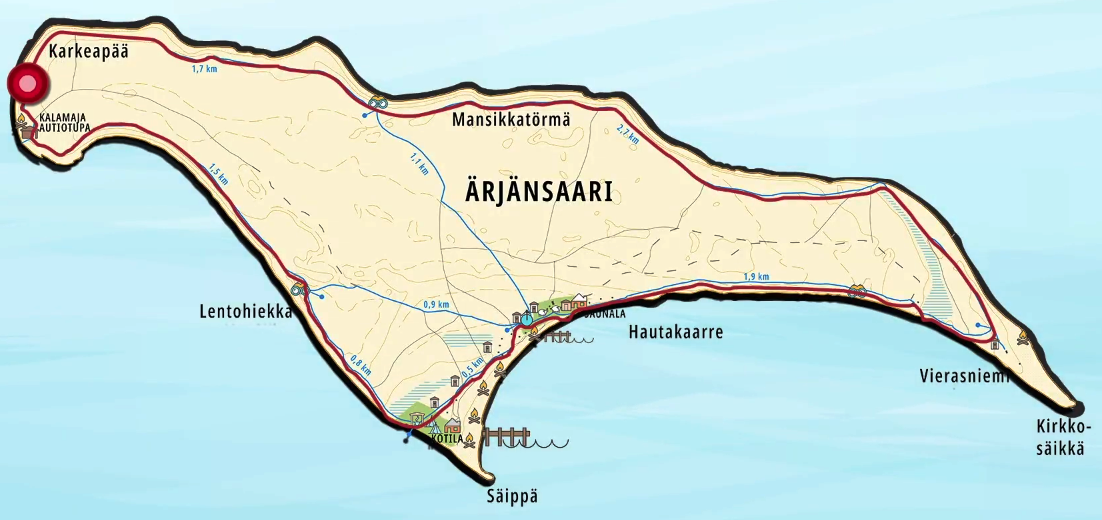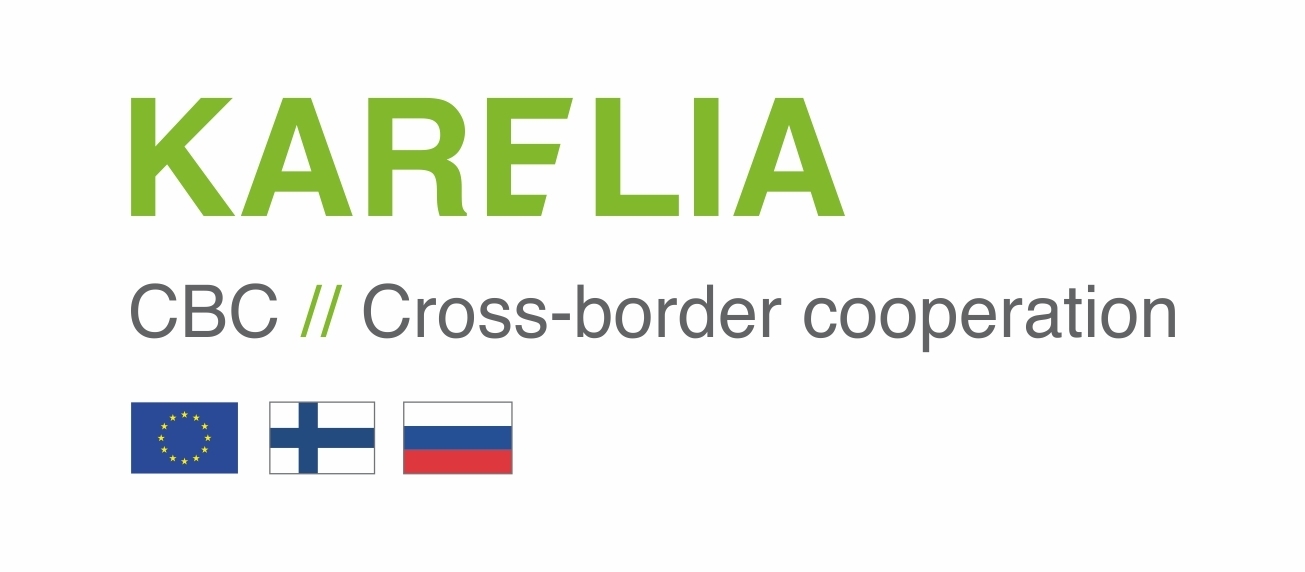
In October 2018 project KA5043 - Green solutions for nature protected areas was launched in the framework of cross-border cooperation programme Karelia.
Nature Protected Areas (PAs) in Finland and Karelia are as a rule located far from major cities and settlements so heat and electricity supply as well as waste collection and utilization pose a significant common problem for partners on both sides of the border.
On the other hand it is evident that we should not increase the burden on the nature by means of burning of fossil fuels, such as diesel, petrol, natural gas or coal for heat and electric power generation.
The key idea behind the project “Green Solutions for Nature Protected Areas” is to introduce modern “green” technologies at PA infrastructure objects (guest houses, visit centers, office buildings, cafes, etc):
- The use of solar panels for generating electricity (both main and backup supplies);
- The use of heat pumps for heating up PA premises,
- Construction plans for new objects (guest houses) based on modern energy saving and efficiency requirements;
- Introduction of separate waste collection, proper utilization techniques and the use of waste as raw material.
The partners undertaking to achieve the abovementioned objectives are:
- The lead partner - Autonomous no-profit organisation Energy Efficiency Centre (ANO EEC), an NGO whose main goals of are the development and implementation of international projects based on the attracted funds, grants and investment to the Republic of Karelia.
- Metsähallitus, State Forest Enterprise, provides natural resources sector services to a diverse customer base, from private individuals to major companies. Its operations are based on the knowledgeable and co-operative use of state land and water areas. Parks & Wildlife Finland (former Natural Heritage Services) is a unit of state-owned enterprise Metsähallitus. Parks & Wildlife Finland is in charge of public administration services which include: nature conservation, facilities and services for outdoor recreation, hunting and fishing services, protected area management planning. Metsähallitus protects and manages species, habitats and cultural heritage in state-owned protected areas and provides outdoor recreation services for hikers, hunters and fishers and grant land use permits.
- The Federal State Budgetary Institution "Vodlozersky National Park"
- The Federal State Budgetary Institution "Kivach State Nature Reserve"
- Nature Reserve Kostomukshsky
- Oulun Energia OY is one of the most advanced companies in Finland working in the field of green energy development and introduction. Transfer of know-how, training and consultations provided for PAs will the be the main responsibility of the OE during the project implementation.
Why do we need Finnish partners?
There are not so many cases of alternative energy use in Karelia so far. In particular, the use of solar energy and heat pumps can be found very seldom – major alternative energy supply objects are located only in Petrozavodsk. Finnish know-how is absolutely necessary for the project implementation due to the fact the various types of alternative energy technologies and objects could be found in Finland in many more places. Thus, the project should use and adopt Finnish experience during the selection of proper technologies and methods of heat and power supply and also during the pilot infrastructural project implementation. The pilot cases developed jointly by the project partners could be used as demonstration of the best practices for many other Protected Areas in Russia and Finland. In addition, it is worth to mention that Karelia has no positive experience in waste disposal and utilization in remote areas and, therefore, Finnish experience in this field is extremely important also.


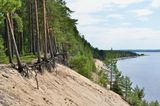
 Based on the main goal of the project - to ensure a comfortable and safe stay of guests and employees in the nature protected areas of Karelia and Finland, a lot of "pilot" infrastructure projects were implemented from May to September 2019. In fact, the pilot projects consisted of selecting several objects in the nature protected areas that need electricity and heat energy, and purchasing, installing and putting into operation the equipment for solar power plants and heat pumps.
Based on the main goal of the project - to ensure a comfortable and safe stay of guests and employees in the nature protected areas of Karelia and Finland, a lot of "pilot" infrastructure projects were implemented from May to September 2019. In fact, the pilot projects consisted of selecting several objects in the nature protected areas that need electricity and heat energy, and purchasing, installing and putting into operation the equipment for solar power plants and heat pumps.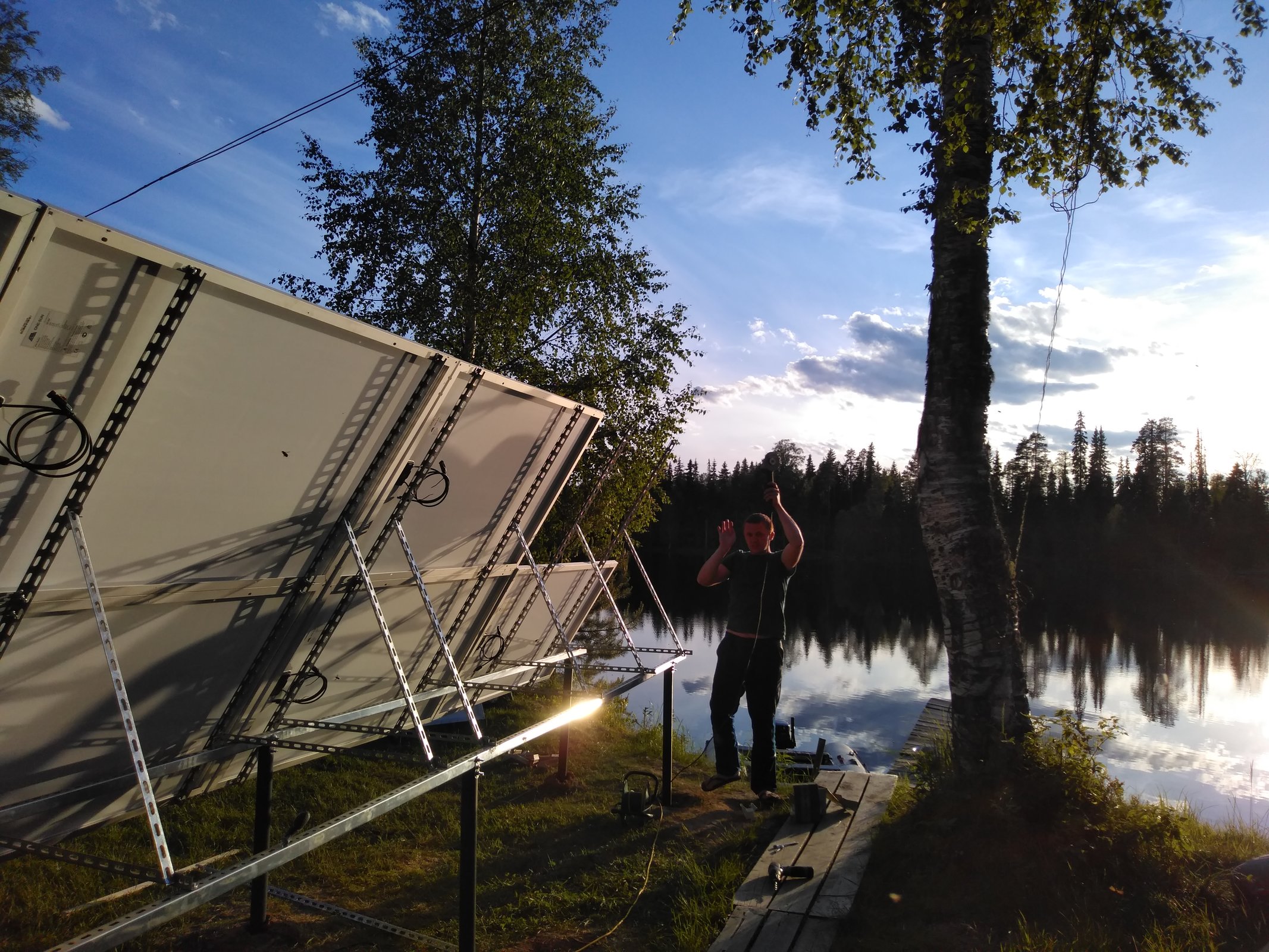 Autonomous solar power plants with the same set of equipment have been installed and are already operating on the tourist bases of Novguda and Ohtoma (see the map on the left). The stations are designed so that during daylight hours they must fully provide electricity to the tourist bases (lightning, communication, electric kettle, charging phones, powering the batteries, etc.). In addition, solar power stations are connected to gasoline generators, so that in the case of a full discharge of the batteries (winter night), the generator could be used as a backup source of electricity, and not the main one as it was before.
Autonomous solar power plants with the same set of equipment have been installed and are already operating on the tourist bases of Novguda and Ohtoma (see the map on the left). The stations are designed so that during daylight hours they must fully provide electricity to the tourist bases (lightning, communication, electric kettle, charging phones, powering the batteries, etc.). In addition, solar power stations are connected to gasoline generators, so that in the case of a full discharge of the batteries (winter night), the generator could be used as a backup source of electricity, and not the main one as it was before. In the visit centre on the territory of the national park estate an air-ti-air heat pump Electrolux EACS/I-18 HVI/N3 – 5/5.5 kW was installed in April 2019.
In the visit centre on the territory of the national park estate an air-ti-air heat pump Electrolux EACS/I-18 HVI/N3 – 5/5.5 kW was installed in April 2019.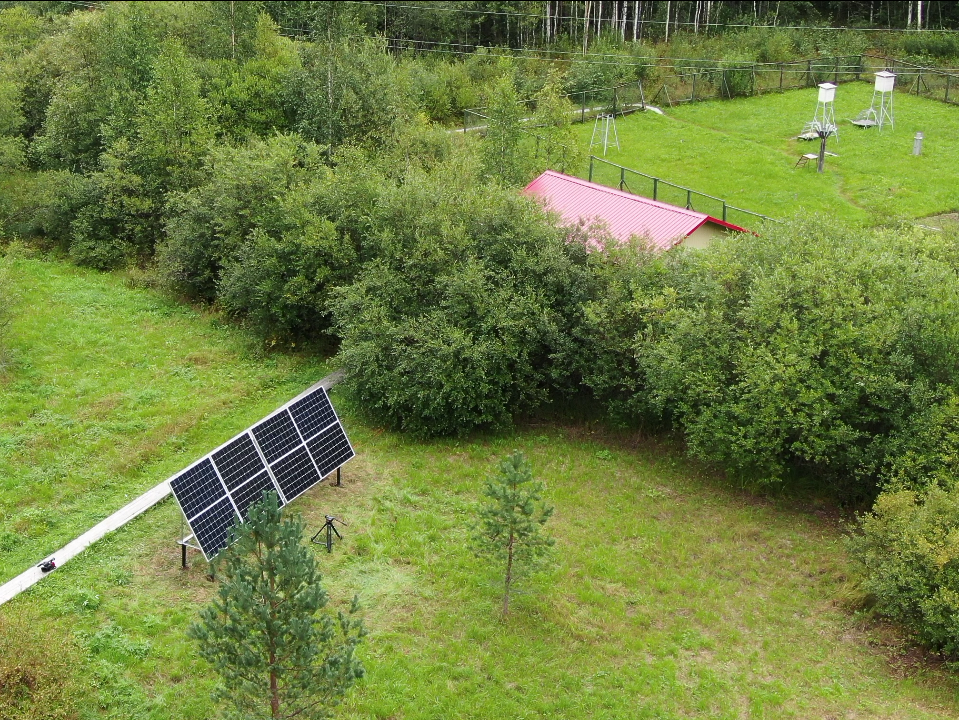 In August 2019, a hybrid solar power station with a maximum power of 3000W was installed in the reserve (near the meteostation). The main task of the solar power station is to ensure uninterrupted power supply to the weather station and other consumers / objects located nearby. The maximum power consumed by the weather station in winter is about 1500W.
In August 2019, a hybrid solar power station with a maximum power of 3000W was installed in the reserve (near the meteostation). The main task of the solar power station is to ensure uninterrupted power supply to the weather station and other consumers / objects located nearby. The maximum power consumed by the weather station in winter is about 1500W.